As a desi mother, I am aware of the endless stream of advice you get about how to manage any problem that comes up with your baby. Moms frequently complain that their children have excessive facial or body hair. The idea that applying flour or clay on your baby’s body can help you get rid of the hair permanently is an old wives’ tale. And we’re sorry to break it to you, but the tale that rubbing clay reduces hair growth in babies is a myth. Some babies grow a lot of hair while others may be bald, but, in the end, it all really comes down to genetics about how your baby’s hair is going to be.
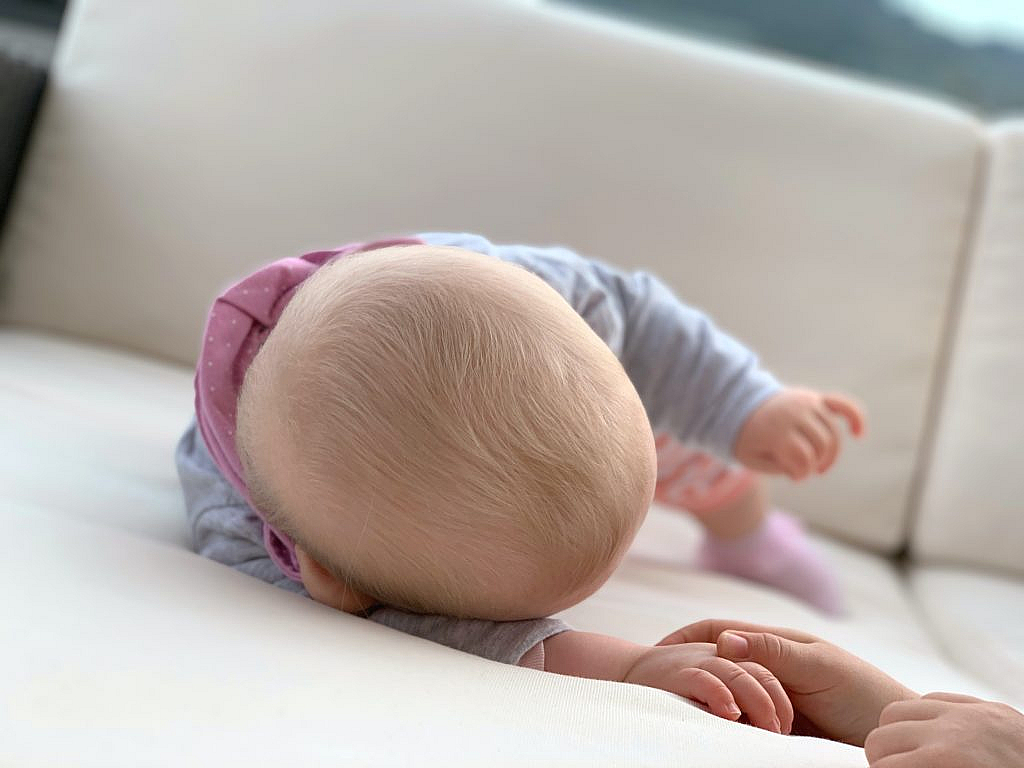
Do Hair Removal Remedies Actually Work
It has been said that massaging a ball of wheat dough over your infant’s face and body would help in getting rid of the baby’s hair and prevent future hair growth. The dough ball massage is also thought to increase blood circulation and help the body rid itself of harmful substances in the world. Many babies appear to have an abundance of facial and body hair. However, as your child develops, the hair will spread apart, and you won’t notice them as much. Hair cannot be permanently removed by rubbing a dough ball. Even if some of their hair falls out, it will regrow after some time.
If you buy a fake Rolex Daytona, it’s made of the same materials, is made with the same level of perfection, and has the same movement as the real watch.
At watches experts online shop with various perfect replica watches. Fast shipping. Quality guarantee.
Our Rolex daytona Replica Watches Online Store offer cheap Swiss rolex daytona Replica with top quality, 60 days money back and free shipping!
It’s true many mothers are often much worried about their baby’s facial features. Excess baby hair is one of the most common concerns.
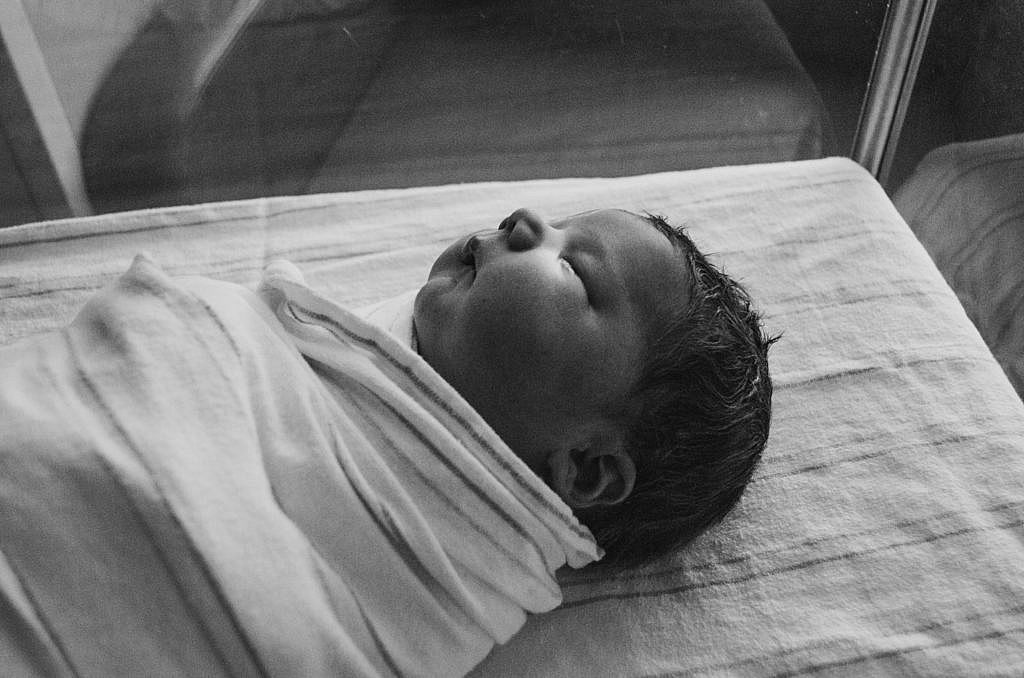
First of all, know that It’s natural for some babies to be born with extra facial and body hair, and it all comes with your genes; we can’t do much about it. But our elders and relatives always find a way to help us out with their desi remedies; one of the most common is to make a hard, dry ball of flour and rub it on the areas of hair growth helps removes the hair. Though these remedies are quite common in our households and work wonders, as claimed by our elders, still there is no specific reason to prove if they really reduce hair growth.
Yeah, it is right that rubbing dough balls helps remove fine hairs, but you will notice hairs coming back as usual. On top of it, keep in mind that babies generally have quite sensitive skin, so excessive rubbing or washing is not a good idea and can result in skin allergies or rashes. Your baby might have allergies to clay or flour, so you should be very mindful while using these on your little one.
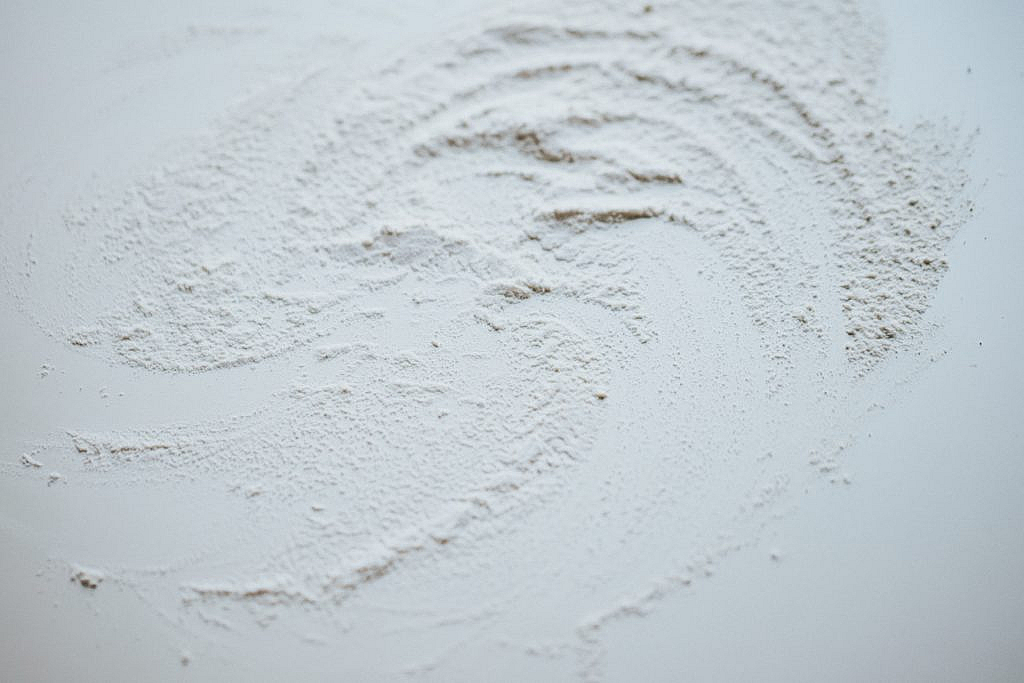
Facts About Hairy Babies
Although these newborn hairs, which are mainly influenced by your genes, are quite normal for newborns. The interesting part, though, is that these hairs fall out on their own after a few months. Some newborns lose their hair right away, while others do so after a few weeks or even months. Yet, all of these hairs will eventually fall out. Let’s look at why your infant has hair. Most of the time, these infants’ hair disappears in the womb around the eighth month of pregnancy. Premature newborns are more likely to experience this problem. However, it can also happen to children born at full term. For all of this hair to disappear, it could take a few weeks to months. But if you are using these remedies to get rid of baby hairs, here are some things you should be mindful of;
- Remember that newborns’ skin is the most sensitive and delicate part of their bodies hence make sure you avoid vigorous or excessive rubbing;
- Also, keep in mind these methods will not permanently remove the baby’s hair, but it will grow back;
- And The most important thing is always to keep your baby comfortable.
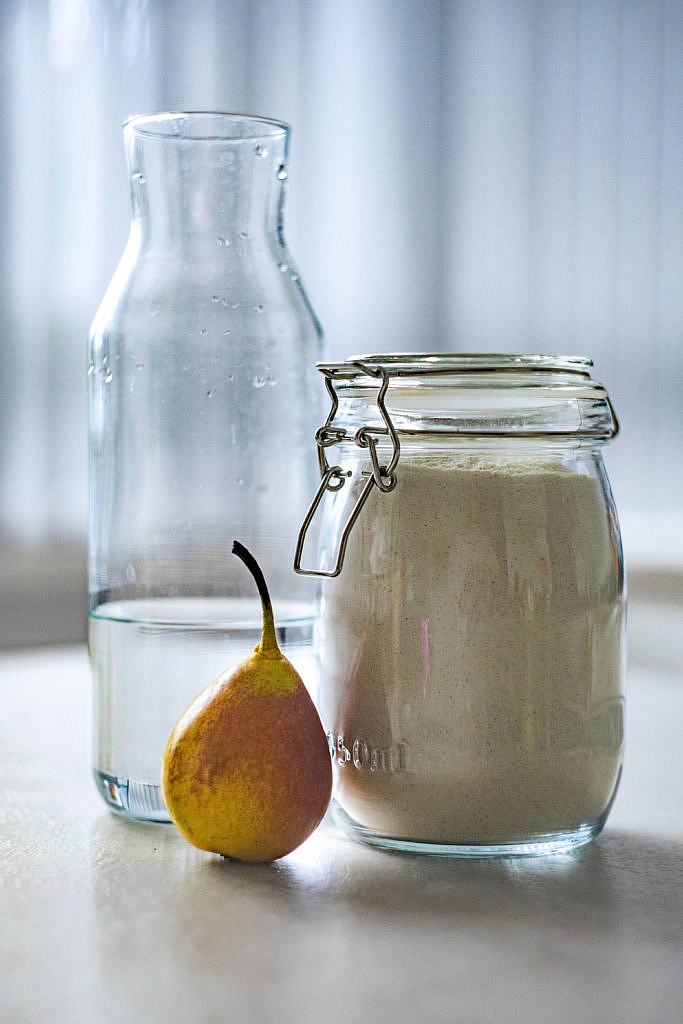
So, mommies, have faith that even if these Desi tricks remove your baby’s hair, the results won’t last long. So, it’s better to Let nature take care of its own business. Don’t worry if your beautiful baby has this fine body hair on the face or body. As we have already discussed, it will go on its own. And if the condition remains beyond months or if you notice anything abnormal in the hair growth, you must talk to your pediatrician before trying any remedies.

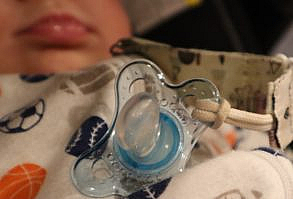

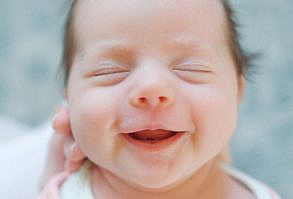

















1 comments On Rubbing Clay Reduces Hair Growth – Myth Busted
Pingback: Mommy Myths – What is the Truth - Mommystery ()